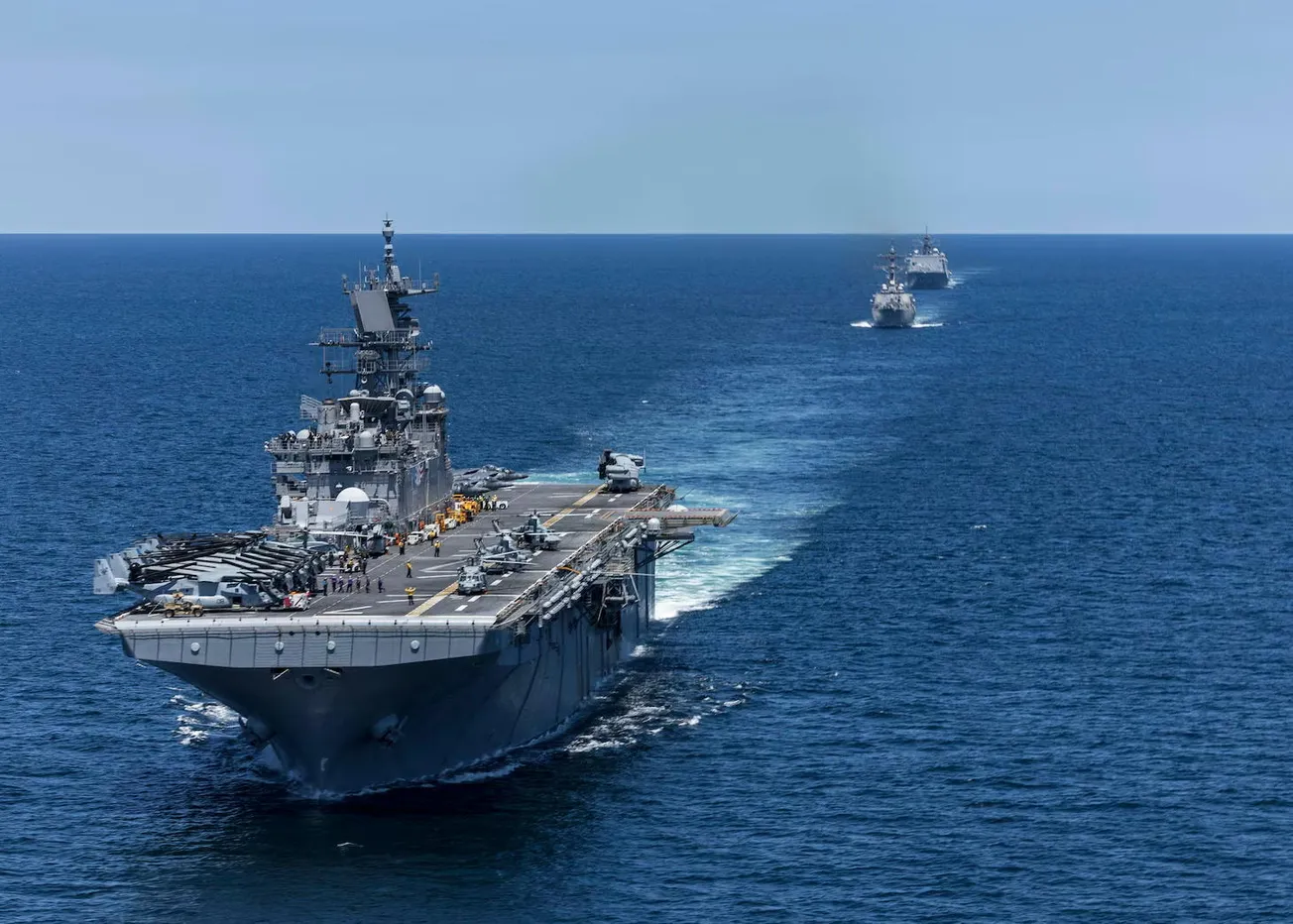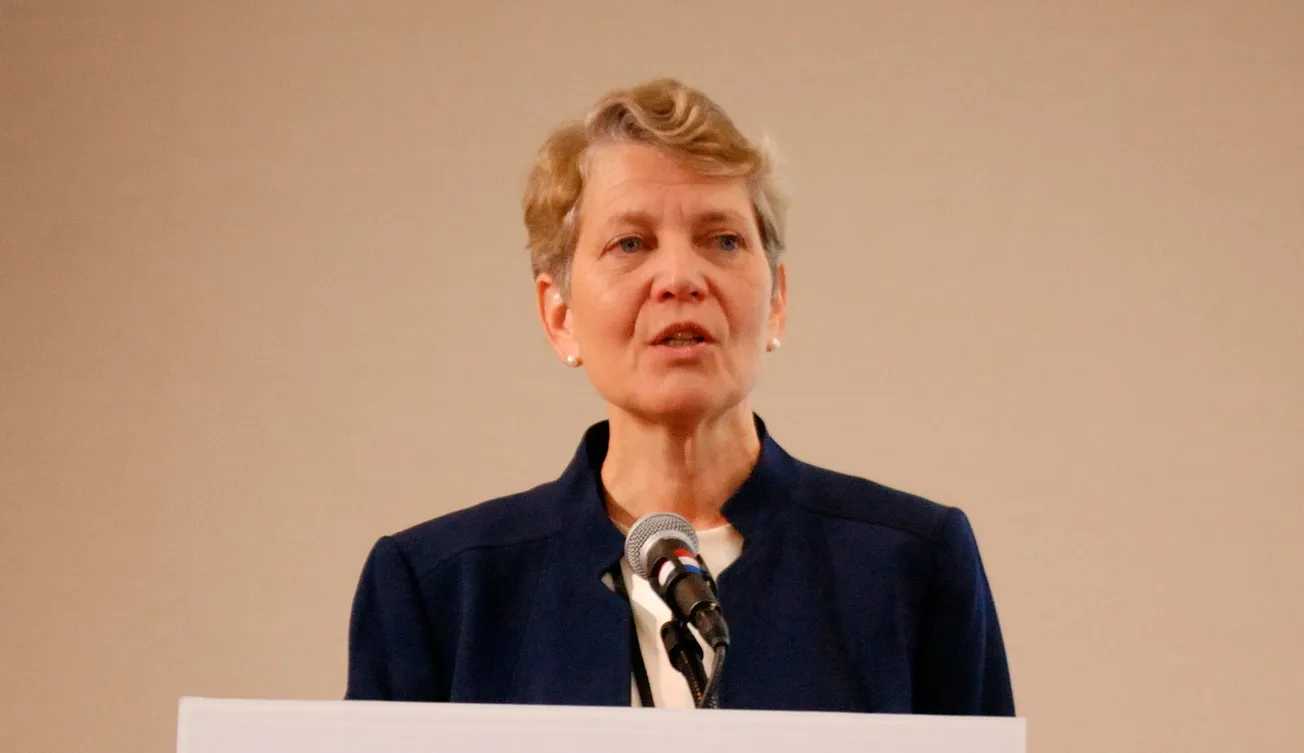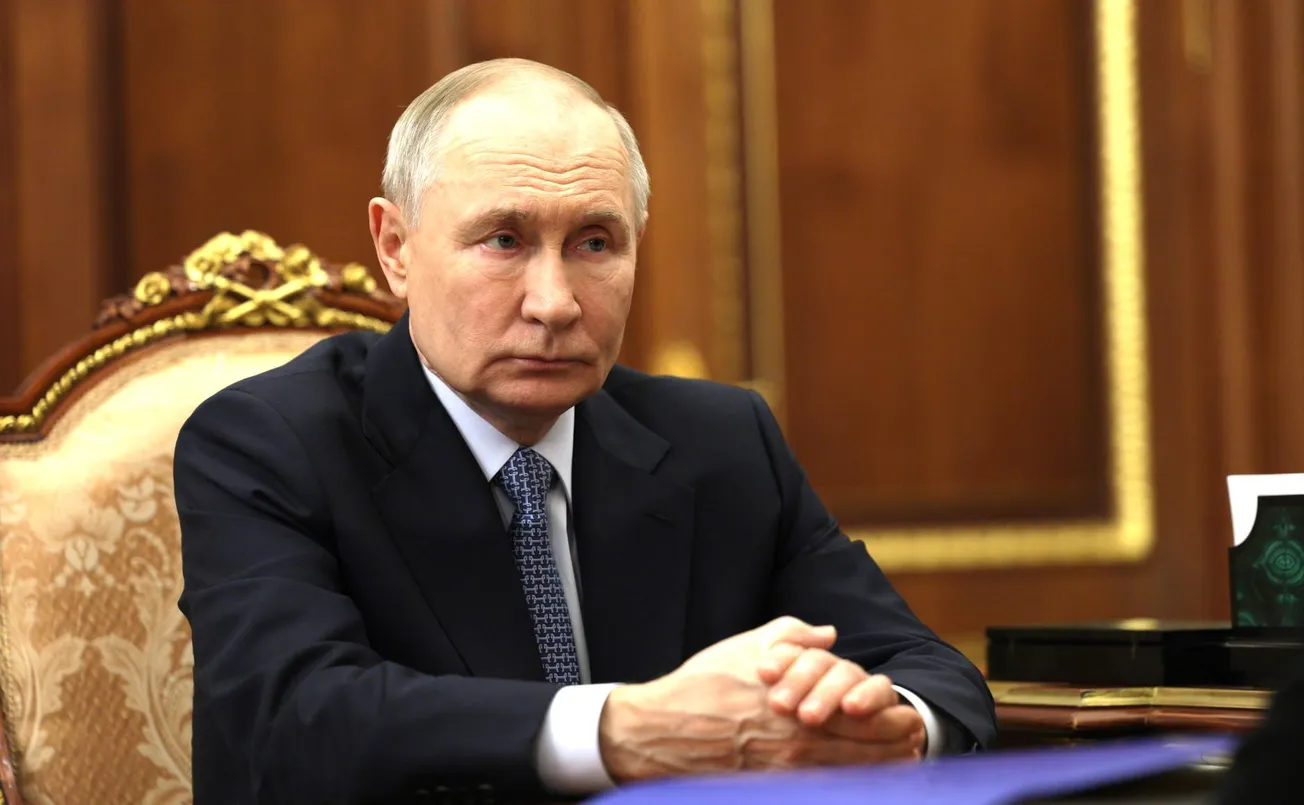More evidence emerges, almost by the hour, of NATO’s no-longer-secret, on-the-ground involvement in the invasion of Russia. Meanwhile, Chinese President Xi Jinping just tried to deliver an important message, in person, to the brain-dead Jake Sullivan—but it seemed not to take. And in Israel, opposition leader Yair Lapid has just made it abundantly clear that “During the months leading up to the (October 7) disaster, the Prime Minister and cabinet ministers received a series of serious, unprecedented warnings. From the middle of 2023, there were more and more voices within the terrorist organizations that said that the moment they had been waiting for had arrived.” Was the October 7 attack allowed to occur, so that the mass murder we now see could commence?
Even if we manage to survive the next few months without the geniuses of NATO provoking a world-ending thermonuclear war with either Russia or China, or both, or without Netanyahu lobbing one or several nuclear warheads one morning at Iran—or perhaps at Budapest, or at Rome—what are we actually going to do, to end the impulse toward war of a dying Anglo-imperial system? Humanity cannot be safe, unless a higher idea of humanity prevails, and in the short term. Cardinal Nicholas of Cusa, prime organizer of the 1439 Council of Florence, arguably the most successful diplomat in history, is invoked by Helga Zepp-LaRouche in Principle Eight of her Ten Principles for a New International Strategic and Development Architecture, which reads: “In former times, one civilization at one corner of the world could go under, and the rest of the world would only find out years later, due to the length of distances and the time needed for travel. Now, for the first time, because of nuclear weapons, pandemics, the Internet, and other global effects, mankind is sitting in one boat. Therefore, a solution to the existential threat to humanity cannot be found with the help of secondary or partial arrangements, but the solution must be found on the level of that higher One, which is more powerful than the Many. It requires thinking on the level of Coincidentia Oppositorum, the ‘Coincidence of Opposites’ of Cusa.”
As a method of diplomacy, which is the solution to otherwise inevitable “extinction war,” the Coincidence of Opposites is intended, not to compromise, not to “find the middle ground,” which often shifts, but to intellectually rise above external and self-imposed constraints, ideological and otherwise, to produce a win-win solution that all sides experience as an advancement, and a victory over other lower-order arrangements of temporary convenience.
The Coincidence of Opposites suddenly reveals that there is a path forward, where none was deemed possible. Take the present impasse between Washington and Beijing, and between Washington and Moscow. Two problems exist, the solution of both of which may provide the opportunity to illustrate the existence of a domain, far above the presently-deadlocked thermonuclear geopolitics, which can be accessed before it is too late. Both originate in the field of astrophysics.
First, “there may be a significant gap between the number of near-Earth asteroids that have been discovered and the actual number that exist,” according to a China research team, led by Professor Zhang He from the Beijing Institute of Spacecraft System Engineering. Nuclear weapons provide humanity’s best approximation, at this moment, of the most efficient way to alter an asteroid’s path. Thus, a planet-killing weapon can be converted into a machine tool for planet-wide survival. We would, thus, beat our thermonuclear swords into plowshares. But to do joint work with China would require that the United States, for the sake of human survival, reverse the Wolf Amendment, which forbids cooperation with China in their manned and unmanned space programs.
Second, there is the case of the two stranded American astronauts, who were using the Boeing Starliner spacecraft, flying its first space mission, which malfunctioned and has left two American astronauts, Barry “Butch” Wilmore, 61, and Sunita “Suni” Williams, 58, temporarily stranded on the International Space Station. Yuri Borisov, head of the Roscosmos, the Russian space agency, said on August 15, “American colleagues are having trouble with the Starliner spaceship, they do not know how to land their crew, so we are in constant dialogue.” The American people, and people all over the world, should force the Biden Administration to do what John F. Kennedy’s space program was intended to do. “Surely we should explore whether the scientists and astronauts of our two countries—indeed of all the world—cannot work together in the conquest of space.” As Principle Seven of the “Ten Principles for a New Strategic and Development Architecture” says.
“The new global security architecture must eliminate the concept of geopolitics by ending the division of the world into blocs. The security concerns of every sovereign nation must be taken into account. Nuclear weapons and other weapons of mass destruction must be immediately banned. Through international cooperation, the means must be developed to make nuclear weapons technologically obsolete, as it was originally intended by the proposal which became known as the SDI, suggested by LaRouche and made as an offer to the Soviet Union by President Reagan.” The principles behind that LaRouche Strategic Defense Initiative (SDI) proposal adopted in March of 1983; the principles upon which the Schiller Institute was formed in 1984, forty years ago; and today’s Ten Principles, are all expressions of that One, described by Nicholas of Cusa, the father of modern diplomacy, from which unity flows, and from which “a more perfect union” can be readily shaped. From that platform, even thermonuclear swords can be turned to plowshares.








